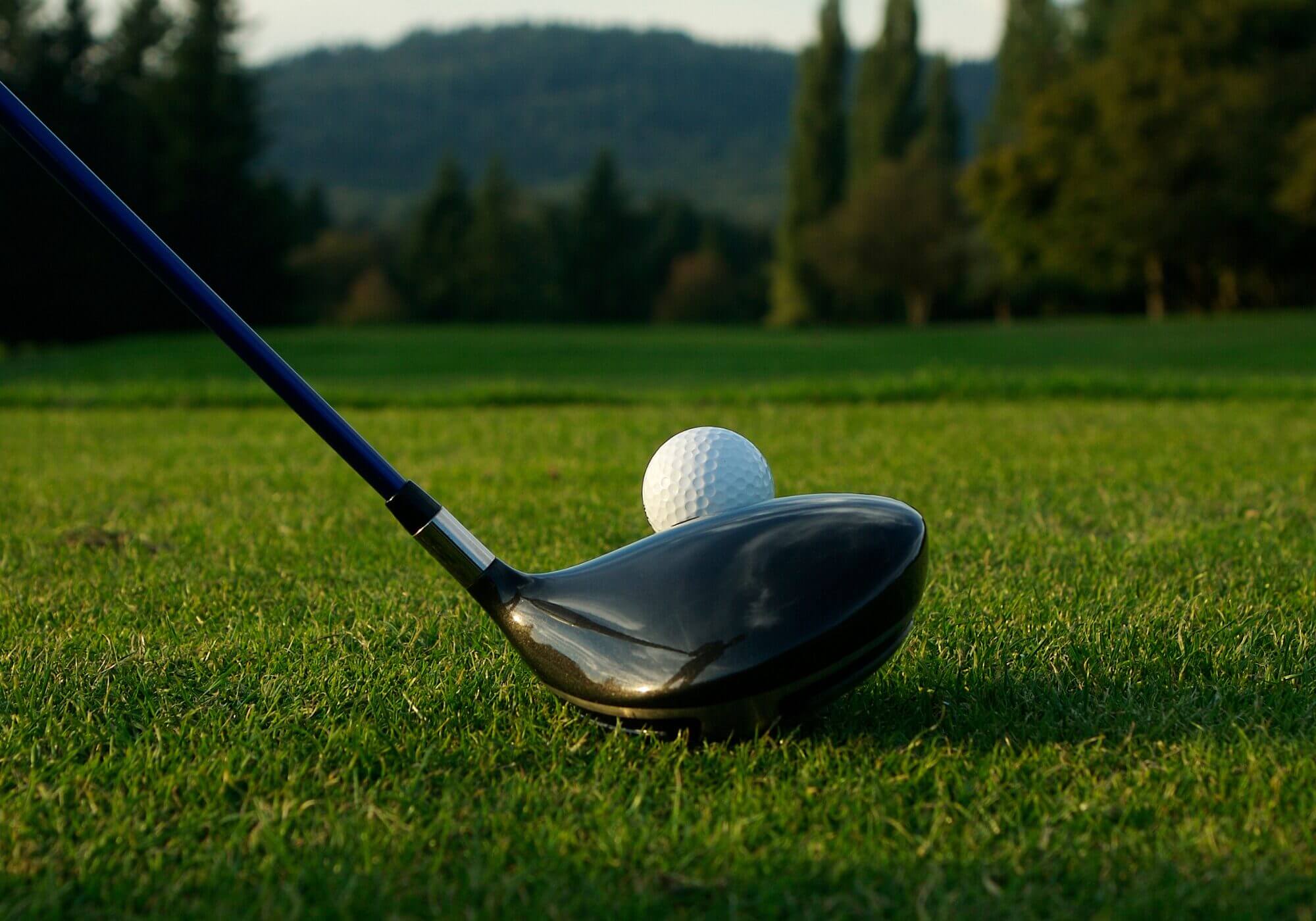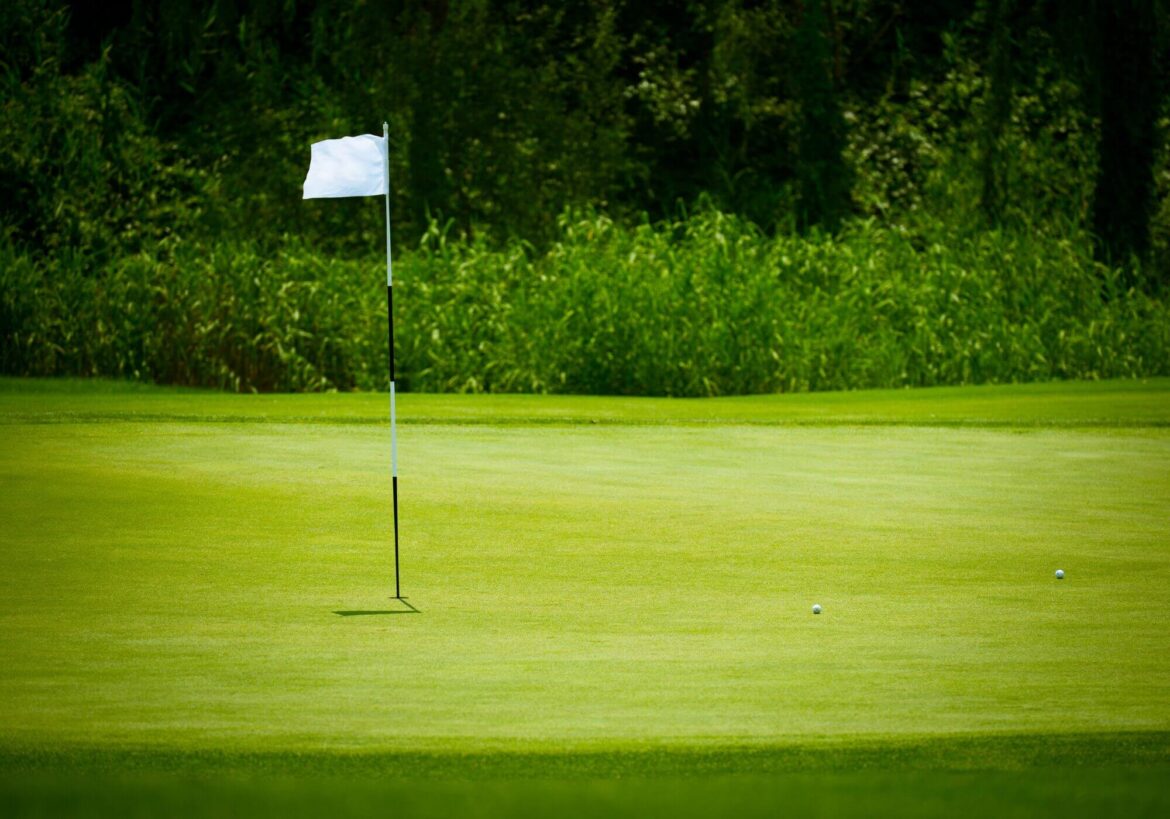You don’t have to swing it like a tour pro to shave strokes off your scorecard. For many golfers, the problem isn’t mechanics, it’s decision-making. With data from Shot Scope, we put together five golf course management myths that could be costing you strokes.
1. “The center of the green is always the safe play.”
The center of the green can be a safe play but it’s not always the safest. For most golfers, the biggest miss isn’t left or right, it’s short.
For a 15-handicap golfer, 54 percent of all approach shots finish short and only 23 percent find the green.
That means “aim for the middle” doesn’t always make sense. If there’s water or a bunker in the front-center portion of the green, aiming there and missing short could put you in more trouble.
Ultimately, the best strategy comes from knowing your numbers. Track where you miss, how far your shots really carry, and use that information to plan smarter targets. Just keep in mind that the majority of shots golfers miss going into the green come up short.
2. “The 3-wood is the safer option off the tee.”
While it’s often been thought that the 3-wood is safer than a driver from the tee, that’s not the reality. The numbers don’t support it.
For a 25-handicap, the 3-wood hits 45 percent of fairways with a five-percent penalty rate. The driver hits 47 percent of fairways with fewer penalties (three percent). Even among five-handicaps, the difference in fairway percentage is only two points: 51 percent with the 3-wood versus 49 percent with the driver. The important thing to note is that the driver distance is, on average, 20 yards further.
Unless the hole shape or hazard truly removes the driver from play, 3-wood off the tee often adds distance to your next shot without improving accuracy.

3. “Par-3s are scoring holes.”
Par-3s are shorter holes but that doesn’t make them easy. Because they look straightforward, golfers often expect birdie looks. The numbers say that a par on a par-3 is a good score. For some players, it’s a really good score.
| Handicap | 100–150 yd GIR % | 150–200 yd GIR % | Avg Score | Proximity (100–150 yd) | Proximity (150–200 yd) |
|---|---|---|---|---|---|
| 0 (Scratch) | 65 % | 53 % | 3.2 | 31 ft | 43 ft |
| 5 | 51 % | 39 % | 3.4 | 39 ft | 54 ft |
| 10 | 42 % | 28 % | 3.7 | 48 ft | 70 ft |
| 15 | 37 % | 20 % | 3.9 | 57 ft | 92 ft |
| 20 | 29 % | 18 % | 4.0 | 64 ft | 100 ft |
| 25 | 21 % | 9 % | 4.2 | 70 ft | 118 ft |
Even single-digit players miss almost half of their par-3 greens. For a 15-handicap, fewer than four in 10 shots hold the green and the average proximity is 57 feet. Not birdie territory.
The smarter way to play par-3s is to treat them as “controlled-par” holes. Take one extra club, play to the fat side of the green and build a plan that eliminates short-side trouble.
4. “I need to make a few birdies each round to score well.”
Birdies are great but pushing for birdies could be hurting your golf course management. In reality, you don’t need more birdies; you need fewer doubles.
The average 15-handicap makes fewer than one birdie per round (0.36) but more than four doubles (4.68).
Birdies are rare for amateurs because they require several consecutive good shots. Doubles, on the other hand, usually come from one poor recovery decision or a risky play that snowballs. The concept here is to stop chasing the birdies and focus on keeping the golf ball in position and eliminating double bogeys.

5. “I just need to get my lag putts inside three feet.”
Smart course management may include just trying to get your lengthy first putt within a three-foot circle, but it’s not the whole story.
If you look at data for a 15-handicap golfer, 55 percent of missed putts stop short of the hole. That means many players never give the ball a chance to go in.
The goal isn’t simply to “get it close.” When you run it past the hole and can trust yourself to make the putt coming back, you’re giving yourself a real chance to score low. Three feet short might look safe, but it removes any chance for the ball to drop.
Lag putts aren’t just about avoiding three-putts. Great lag putters give themselves a chance to make the putt.
Set up to practice on a putting green and put an alignment stick on the ground three feet past the hole. Make putts where the ball stops behind the hole but before the alignment stick.
Final thoughts
Every player wants to swing better but most of the time, smarter decisions fix your scorecard faster. Track your stats and know your averages if you want to start saving more strokes.
The post 5 Golf Course Management Myths That Are Quietly Costing You Strokes appeared first on MyGolfSpy.
